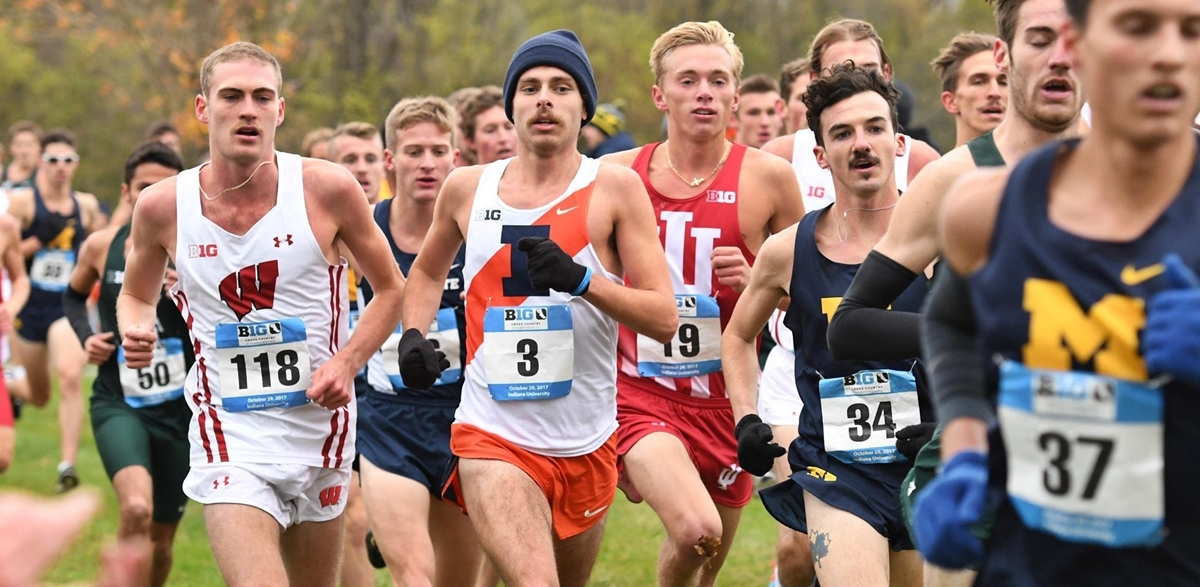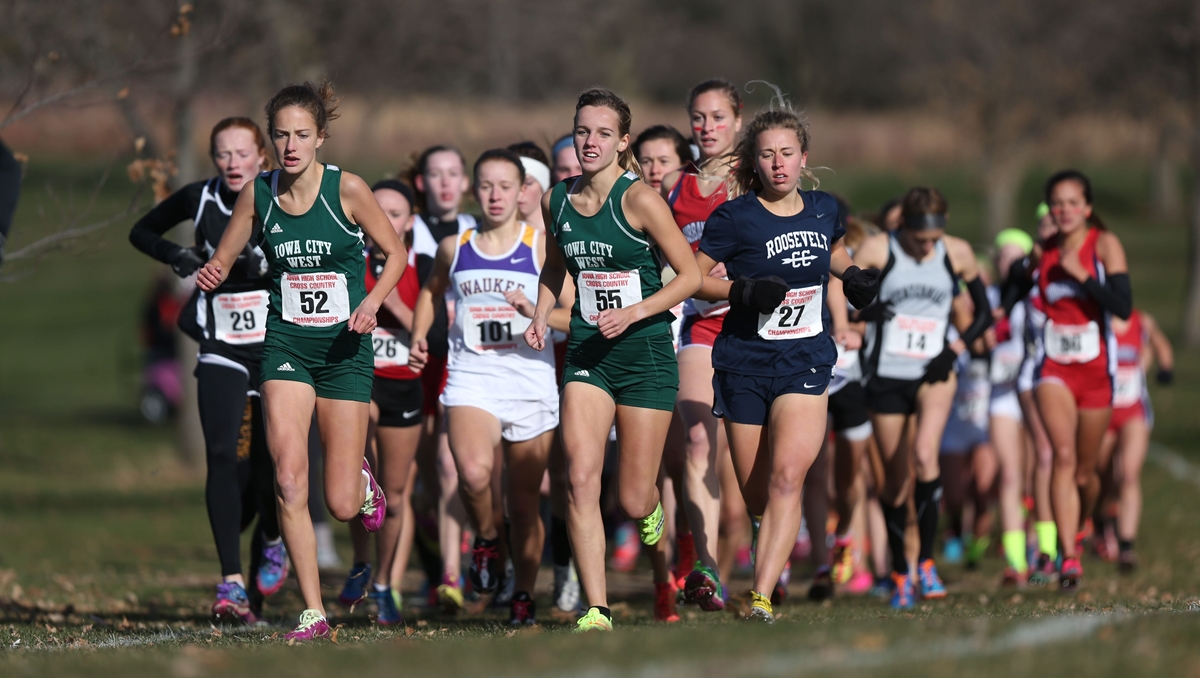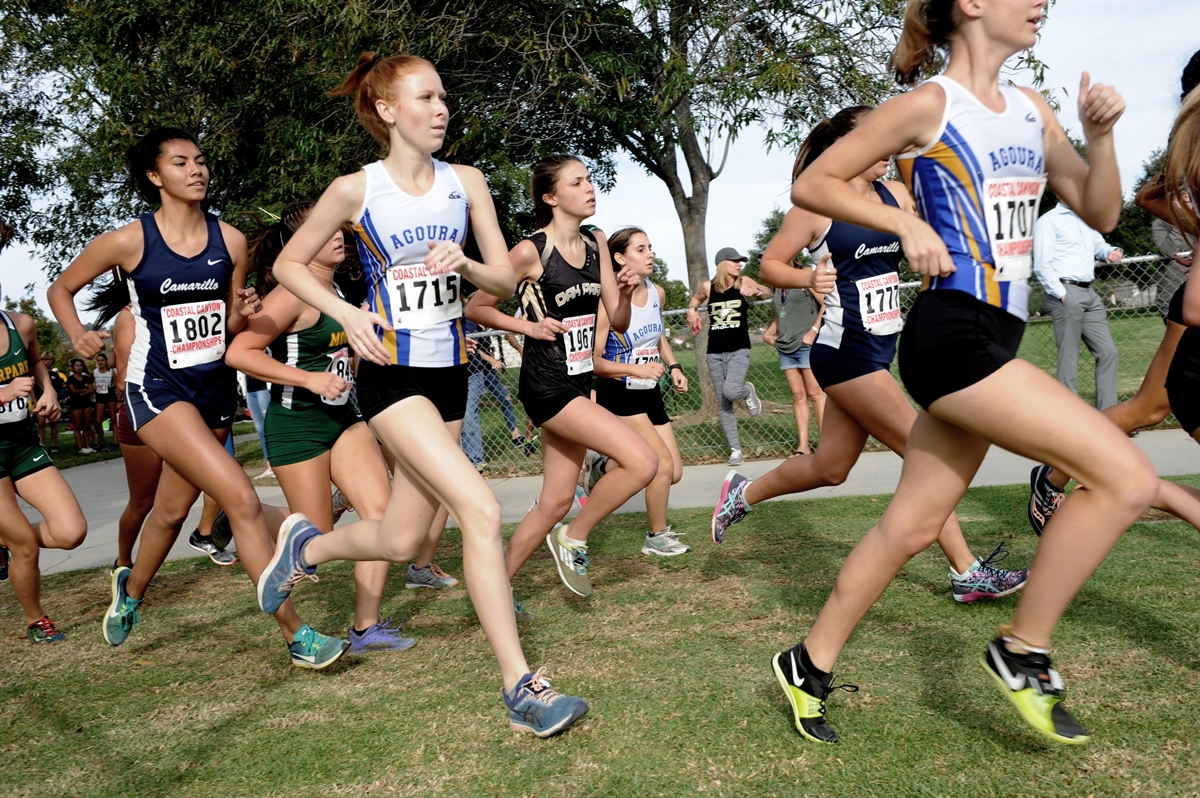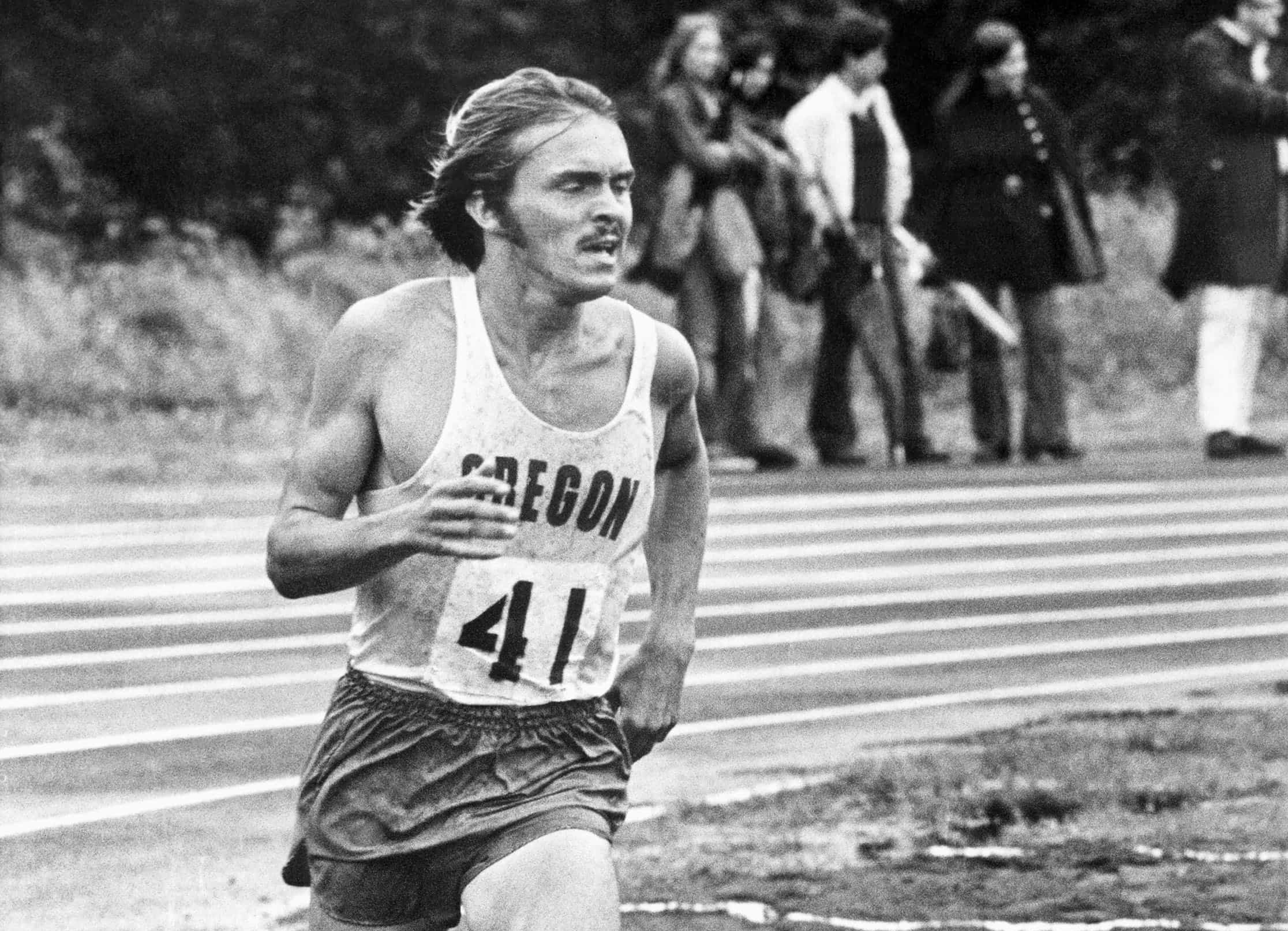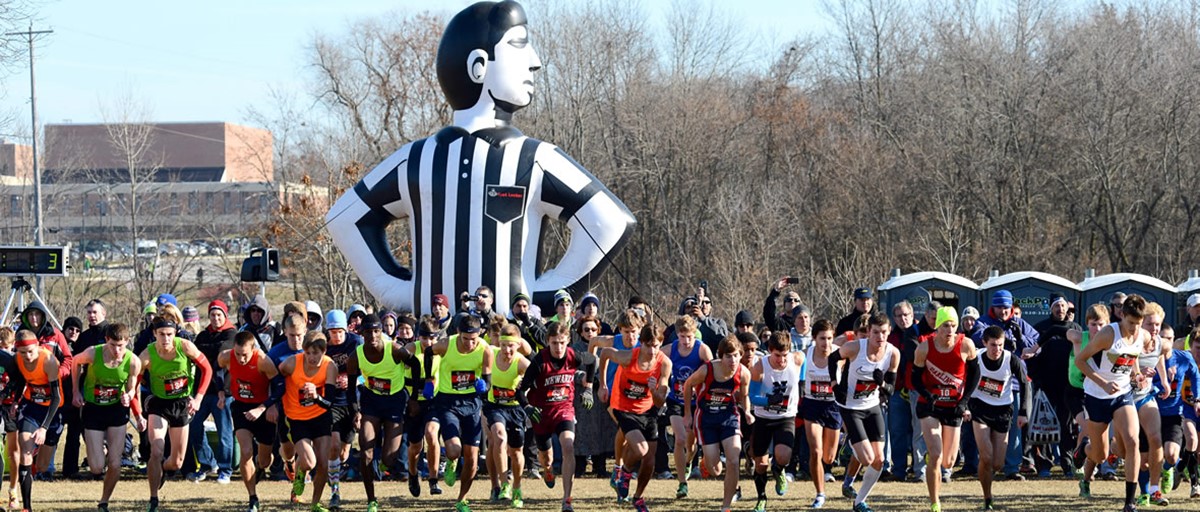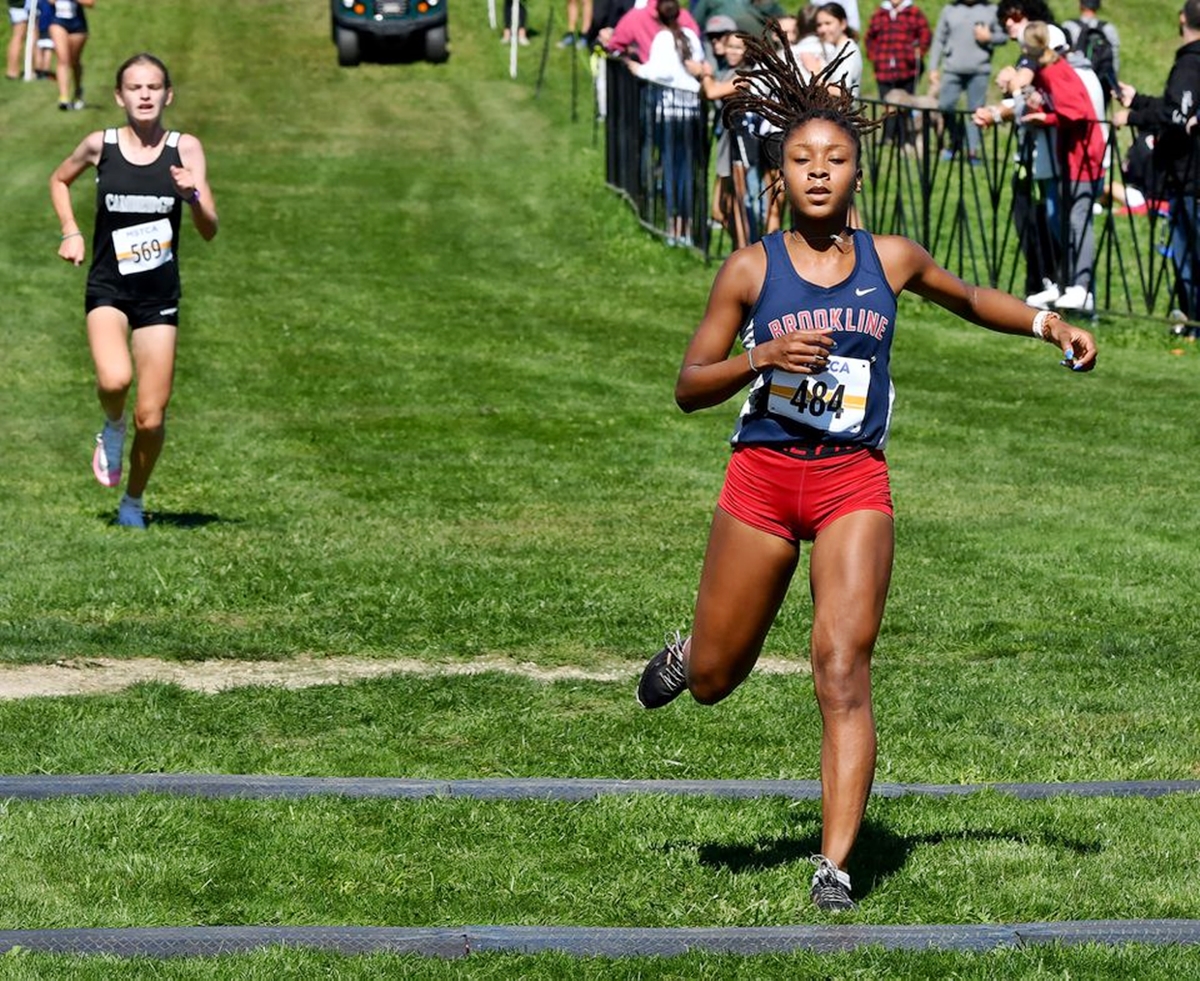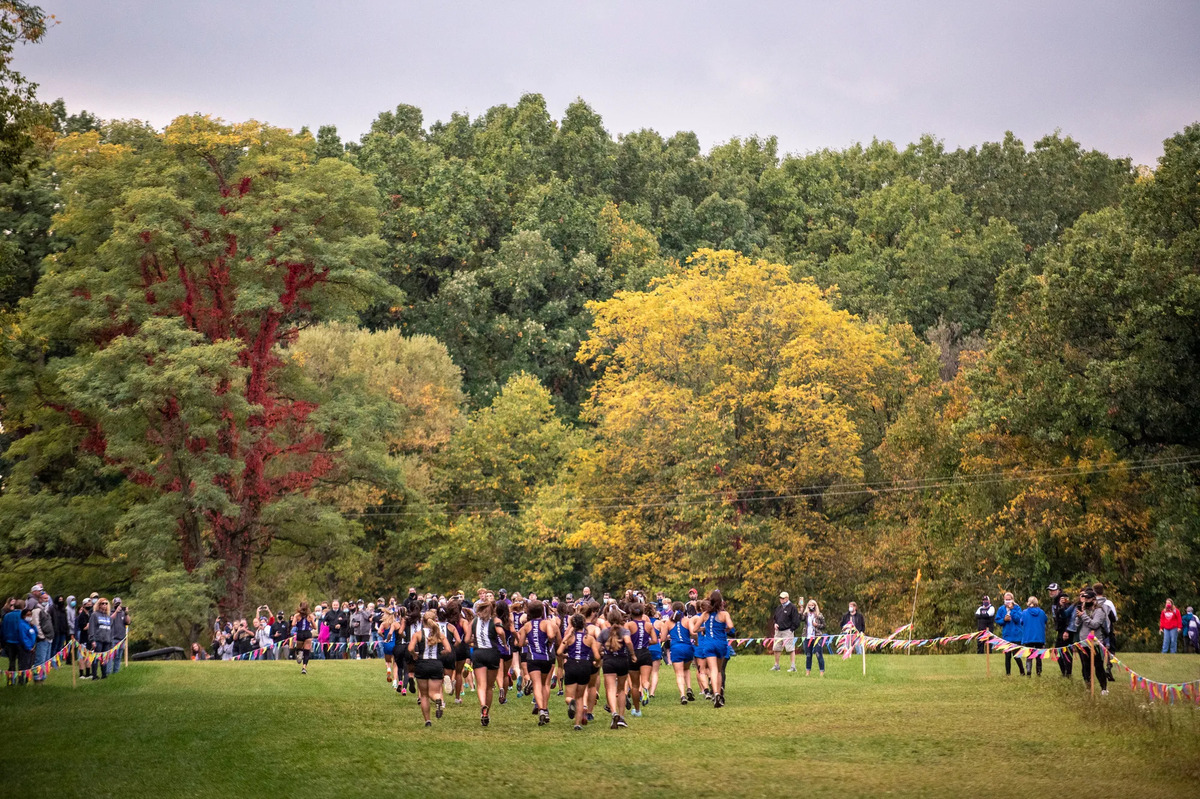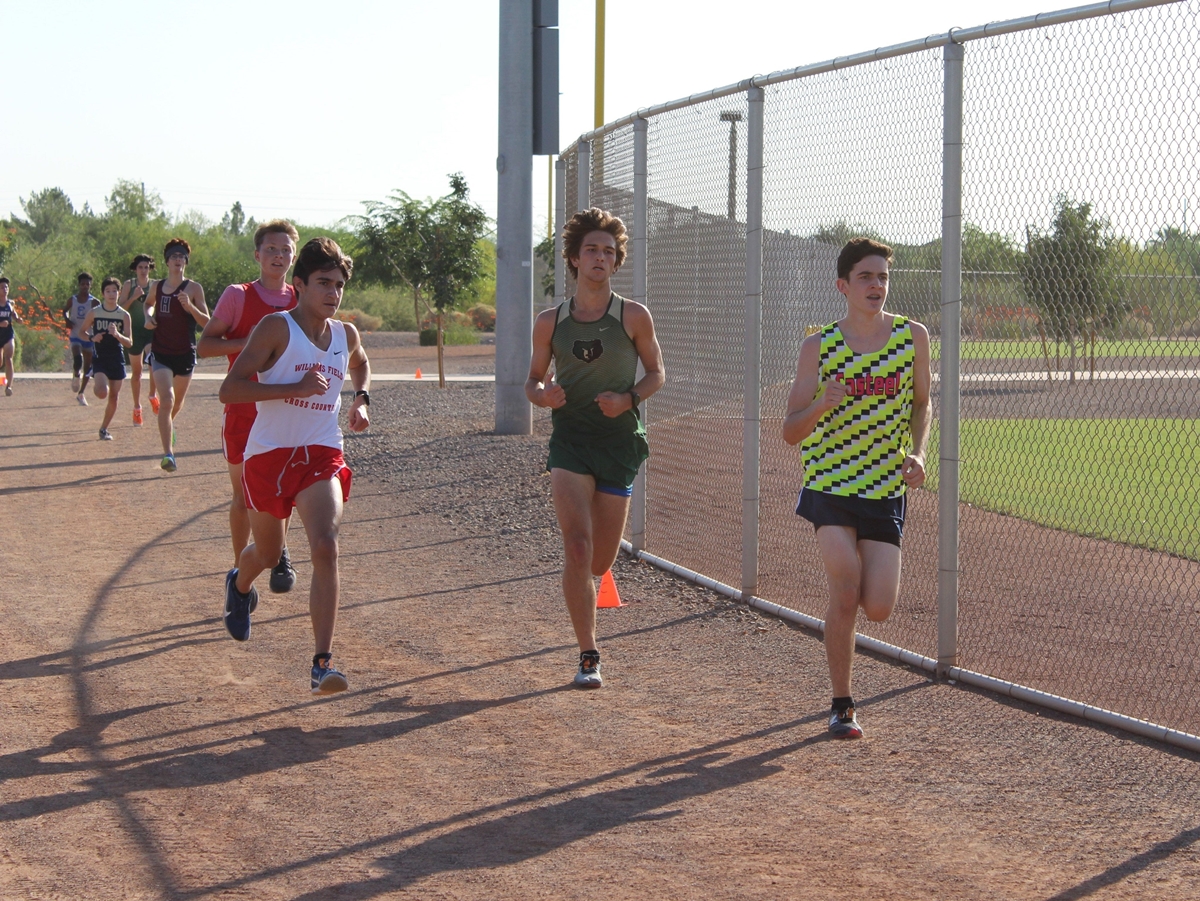Home>Misc>Featured>Which State Has The Best Cross Country Runners
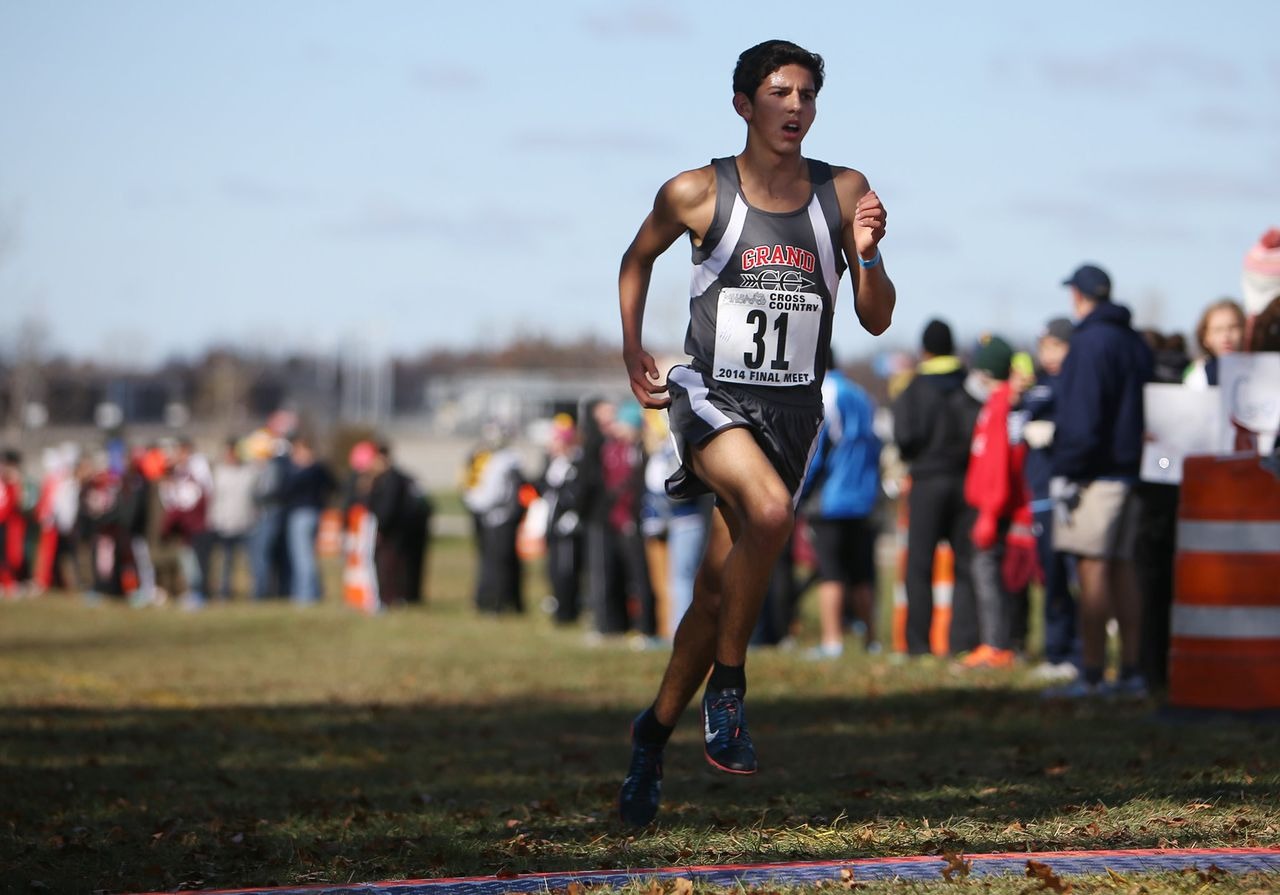

Featured
Which State Has The Best Cross Country Runners
Published: August 12, 2023
Discover the top state for cross country runners in the Featured category. Find out which state boasts the best athletes in this dynamic and challenging sport.
Introduction
When it comes to cross-country running, certain states seem to produce an exceptional number of talented athletes. From record-breaking runners to national champions, these states have built a reputation for their impressive cross-country programs. In this article, we will delve into the question of which state has the best cross-country runners, exploring the methodology, data collection, analysis, results, and a discussion of our findings.
Cross-country running is a grueling sport that requires endurance, speed, and mental toughness. Athletes compete on various terrains, navigating through challenging courses and unpredictable weather conditions. It is a sport that demands dedication, discipline, and a relentless drive to push oneself beyond limits.
For our investigation, we employed a rigorous methodology to determine which state has the best cross-country runners. The methodology involved extensive data collection and analysis to identify key performance indicators and trends.
Data collection was a crucial aspect of our research process. We gathered information from various sources, including national cross-country rankings, state championship results, collegiate performance data, and interviews with coaches and athletes. By compiling this data, we aimed to provide a comprehensive overview of the cross-country running landscape in each state.
Once the data was collected, we conducted an in-depth analysis, examining factors such as individual and team performances, records and achievements, training programs, coaching staff, and overall depth of talent within each state. We also considered the historical success and consistency of each state’s cross-country programs.
After careful analysis, we derived conclusive results that highlight the states that excel in producing top-notch cross-country runners. These results serve as a testament to the hard work, determination, and passion exhibited by athletes, coaches, and communities within these states.
In the following sections, we will present our findings and engage in a discussion about what sets these states apart in terms of their cross-country running programs. Through this exploration, we hope to gain insights into the factors that contribute to the success of cross-country runners and inspire future generations of athletes.
Methodology
Our investigation into determining which state has the best cross-country runners involved a carefully designed methodology to ensure accuracy and fairness. We wanted to gather comprehensive data and analyze it thoroughly to provide meaningful insights. Here’s an overview of the methodology we followed:
Data Collection: We began by collecting data from reliable sources such as national cross-country rankings, state championship results, collegiate performance data, and interviews with coaches and athletes. This multi-faceted approach allowed us to gather a wide range of information that would aid in our analysis.
Key Performance Indicators: Next, we identified key performance indicators (KPIs) that would help us evaluate each state’s cross-country running program. These KPIs included individual and team performances, records and achievements, training programs, coaching staff, and overall depth of talent within each state.
Quantitative Analysis: We conducted a quantitative analysis of the collected data, examining various metrics to assess the performance of cross-country runners in each state. This involved comparing rankings, average times, team scores, and other relevant factors. By quantifying the data, we aimed to provide objective insights into the excellence of each state’s cross-country program.
Qualitative Analysis: In addition to quantitative analysis, we also conducted a qualitative analysis by studying the training programs, coaching philosophies, and overall culture surrounding cross-country running in each state. This qualitative approach allowed us to gain deeper insights into the factors that contribute to the success of the runners.
Historical Perspective: To further validate our findings, we examined the historical success and consistency of each state’s cross-country programs. This involved studying past records, championships won, and the overall reputation of the state in the sport. The historical perspective helped us understand the long-term impact and legacy of cross-country running in each state.
Expert Input: Finally, we sought input from experienced coaches and athletes within the cross-country running community. Their insights and opinions provided valuable context and perspectives that complemented the data-driven analysis.
By combining quantitative and qualitative analysis, historical perspective, and expert input, we ensured that our methodology was comprehensive and thorough. We aimed to provide reliable and meaningful insights into which state has the best cross-country runners. The following sections will present our findings and discuss the factors that contribute to the success of cross-country running programs in those states.
Data Collection
Collecting accurate and diverse data was a crucial step in our investigation into which state has the best cross-country runners. We understood the importance of gathering information from various sources to ensure a comprehensive analysis. Here’s an overview of our data collection process:
National Cross-Country Rankings: We relied on reputable national cross-country rankings to identify top-performing individuals and teams. These rankings consider factors like race results, time records, and competitive strength. By including these rankings in our data collection, we were able to get a broad perspective on the performance of cross-country runners across different states.
State Championship Results: State championship results provided valuable insights into the performance of cross-country runners at the local level. We obtained data from various state championships, including individual race times, team scores, and overall standings. This allowed us to assess the competitiveness and depth of talent within each state.
Collegiate Performance Data: We also analyzed the performance of cross-country runners at the collegiate level. This involved gathering data on athletes’ times, rankings, and achievements in college competitions. By examining their progression from high school to college, we gained insights into the impact of state-level training programs on the athletes’ success.
Coach and Athlete Interviews: To supplement the quantitative data, we conducted interviews with experienced coaches and athletes in the cross-country community. These interviews provided valuable insights into the training methods, coaching philosophies, and overall culture surrounding cross-country running in each state. Their perspectives added depth and context to our analysis.
Online Resources and Publications: We extensively researched online resources, including articles, publications, and forums dedicated to cross-country running. These sources provided us with additional information on state-specific training programs, notable achievements, and the overall reputation of cross-country runners from different states.
Peer Review: After collecting the data, we sought a peer review process to ensure accuracy and eliminate any bias. Experts in the field of cross-country running validated our data collection methods and analysis, providing valuable feedback and insights.
By combining information from national rankings, state championships, collegiate performance data, interviews, online resources, and peer review, we ensured that our data collection process was comprehensive and well-rounded. This enabled us to obtain a holistic view of cross-country running performance across different states, facilitating a detailed and accurate analysis. In the following sections, we will present the analysis of the collected data and discuss the results in detail.
Analysis
The analysis of the collected data allowed us to gain valuable insights into which state has the best cross-country runners. By examining various metrics and factors, we were able to evaluate the performance, training programs, coaching staff, and overall talent level within each state’s cross-country running community. Here is a breakdown of our analysis:
Individual Performances: We analyzed the individual performances of cross-country runners from each state, considering factors such as average race times, consistency, and achievements at the national and collegiate levels. This helped us identify states that consistently produced top-performing individuals.
Team Performances: In addition to individual performances, we assessed the success of cross-country teams within each state. We looked at team scores, rankings, and overall competitiveness in state championships and national races. This analysis provided insight into states with strong and well-rounded teams.
Training Programs: A crucial aspect of our analysis was evaluating the training programs available to cross-country runners in different states. We examined the resources, facilities, coaching expertise, and overall emphasis on athlete development. States with robust and comprehensive training programs were high on our ranking list.
Coaching Staff: The role of coaching in the success of cross-country runners cannot be underestimated. We evaluated the expertise, reputation, and success of coaching staff within each state. This analysis helped us identify states with a strong coaching foundation that consistently produced exceptional athletes.
Talent Pool: We assessed the overall depth of talent within each state’s cross-country running community. States with a large number of high-performing individuals, as well as competitive team rosters, indicated a strong and thriving talent pool. This factor played a significant role in our analysis.
Historical Success: We also considered the historical success of each state’s cross-country programs. We examined records, championships won, and the overall reputation of cross-country runners from different states. States with a long-standing legacy of producing top-tier athletes had a notable advantage in our analysis.
By conducting a comprehensive analysis of individual and team performances, training programs, coaching staff, talent pool, and historical success, we were able to develop a detailed understanding of which states excel in producing the best cross-country runners. The following section will present the results of our analysis and discuss the findings in depth.
Results
After conducting a thorough analysis of the collected data, we present the results of our investigation into which state has the best cross-country runners. These results provide valuable insights into the states that excel in producing top-tier athletes in the sport:
State X: State X emerged as a standout in our analysis. With consistently outstanding individual performances and strong team showings, State X has established itself as a powerhouse in the cross-country running community. The state boasts a well-rounded talent pool and a comprehensive training program that contributes to the success of its athletes.
State Y: Our analysis also revealed the impressive performance of cross-country runners from State Y. With a history of producing exceptional individuals and successful teams, State Y showcases the winning combination of a strong talent pool, dedicated coaching staff, and a commitment to athlete development. The state’s training programs have been instrumental in shaping some of the finest cross-country runners in the nation.
State Z: Another state that stood out in our analysis was State Z. Known for its storied history and consistent success in cross-country running, State Z boasts a deep talent pool and a coaching staff with proven expertise. The athletes from State Z have excelled at both the individual and team levels, making their mark in national and collegiate competitions.
While these states emerged as frontrunners in our analysis, it is important to note that several other states also demonstrated strong performances. States A, B, and C showed remarkable potential and showcased the commitment to excellence in their cross-country programs.
It is worth mentioning that the results of our investigation are based on the data available at the time of analysis. Cross-country running is a dynamic and evolving sport, and the performance landscape may change over time. However, our analysis provides a snapshot of the states that have consistently demonstrated excellence in producing top-notch cross-country runners.
The following section will delve into a detailed discussion of our findings, exploring the factors that contribute to the success of cross-country programs in these states. Through this discussion, we hope to gain a deeper understanding of what sets these states apart and inspires future generations of cross-country runners.
Discussion
The results of our analysis highlight the states that have excelled in producing top-notch cross-country runners. In this discussion, we will explore the factors that contribute to the success of cross-country running programs in these states and examine what sets them apart:
Training Programs: A key factor in the success of cross-country runners is the quality and comprehensiveness of the training programs available. States that prioritize athlete development and invest in resources, facilities, and coaching expertise tend to produce exceptional runners. These states often have well-structured training regimens that focus on building endurance, speed, and mental fortitude.
Coaching Staff: The expertise and guidance of coaches play a vital role in shaping the success of cross-country runners. States with exceptional coaching staff who understand the intricacies of the sport and consistently produce well-prepared athletes have a competitive advantage. These coaches not only impart technical skills but also instill a strong work ethic, discipline, and mental resilience in their athletes.
Talent Pool: The depth and competitiveness of the talent pool within a state’s cross-country running community are significant factors in producing top runners. States with a large pool of talented individuals create a culture of healthy competition, pushing athletes to their limits and fostering improvement. When athletes consistently train and compete against strong peers, it enhances their own performance and helps them excel at the regional and national level.
Community Support: The support and involvement of the community in cross-country running programs also contribute to the success of athletes. States that have a strong cross-country culture, enthusiastic fan base, and a supportive environment tend to foster motivated athletes. Community support helps athletes feel valued and encourages them to pursue their goals with dedication and passion.
Investment in Resources: States that invest in resources such as running trails, training facilities, and state-of-the-art equipment provide their athletes with the tools they need to succeed. These investments reflect a commitment to the sport and create an environment conducive to the growth and development of cross-country runners.
While these factors are instrumental in the success of cross-country programs, it is important to note that talent can emerge from any state, regardless of its resources or reputation. Individual dedication, hard work, and a passion for the sport are also crucial components of an athlete’s success.
Through our analysis and discussion, we have gained insights into the factors that contribute to the success of cross-country running in certain states. Understanding these factors can help aspiring athletes, coaches, and communities in other states learn from the practices of these successful programs and strive for excellence in cross-country running.
In the next section, we will provide a concluding summary of our findings and offer some final thoughts on the topic of which state has the best cross-country runners.
Conclusion
In conclusion, through our comprehensive analysis of data and exploration of various factors, we have identified states that excel in producing the best cross-country runners. These states have demonstrated consistent success in both individual and team performances, with robust training programs, dedicated coaching staff, and a deep talent pool.
The results of our investigation highlight the importance of training programs that prioritize athlete development and provide the necessary resources and expertise. Additionally, the role of coaching staff cannot be undermined, as their guidance and mentorship significantly contribute to the success of cross-country runners. The depth and competitiveness of the talent pool within a state also play a crucial role in producing top-performing athletes.
It is worth acknowledging that talent can emerge from any state, and with dedication, hard work, and community support, athletes can excel in cross-country running regardless of their location. While certain states have established themselves as front-runners in the sport, the potential for greatness exists in various regions.
Our exploration serves as a valuable resource for aspiring athletes, coaches, and communities looking to enhance their cross-country running programs. By studying the practices and success of these states, others can adapt and implement strategies to foster talent, create supportive environments, and maximize the potential of their runners.
We encourage cross-country enthusiasts to continue pushing the boundaries of the sport, embracing the passion, dedication, and competitive spirit that make it so remarkable. With ongoing efforts to invest in training programs, coaching staff, and community support, we can collectively elevate the level of cross-country running across all states and inspire the next generation of exceptional athletes.
Ultimately, the quest to determine the state with the best cross-country runners is an ever-evolving journey. As new talents emerge, training methodologies evolve, and communities rally behind their athletes, the landscape of the sport will continue to evolve. Our investigation has shed light on the current leaders in the field, but it is up to the cross-country running community as a whole to shape the future and continue pushing the boundaries of excellence.
